Guest writer: Anna Nilsson Spets
If you want to do something completely different in Belgium, head to the community of Doel, just outside Antwerp.
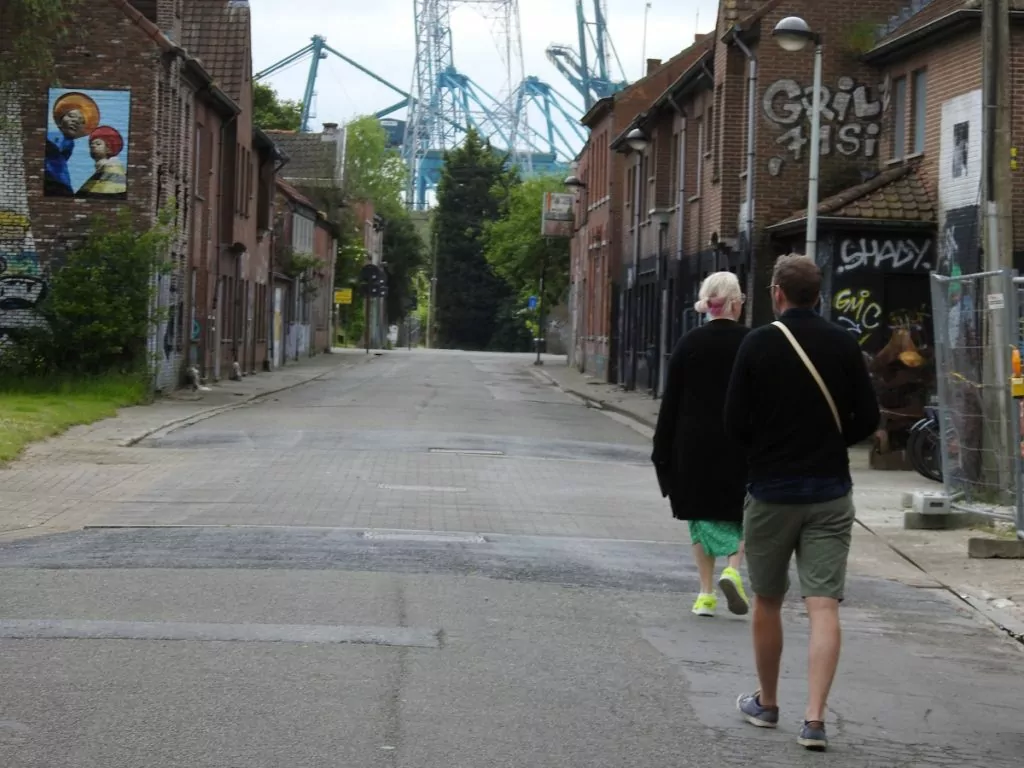
Doel is the abandoned site that has been fought over in court for years; today it is virtually deserted except for a few residents who refuse to move.
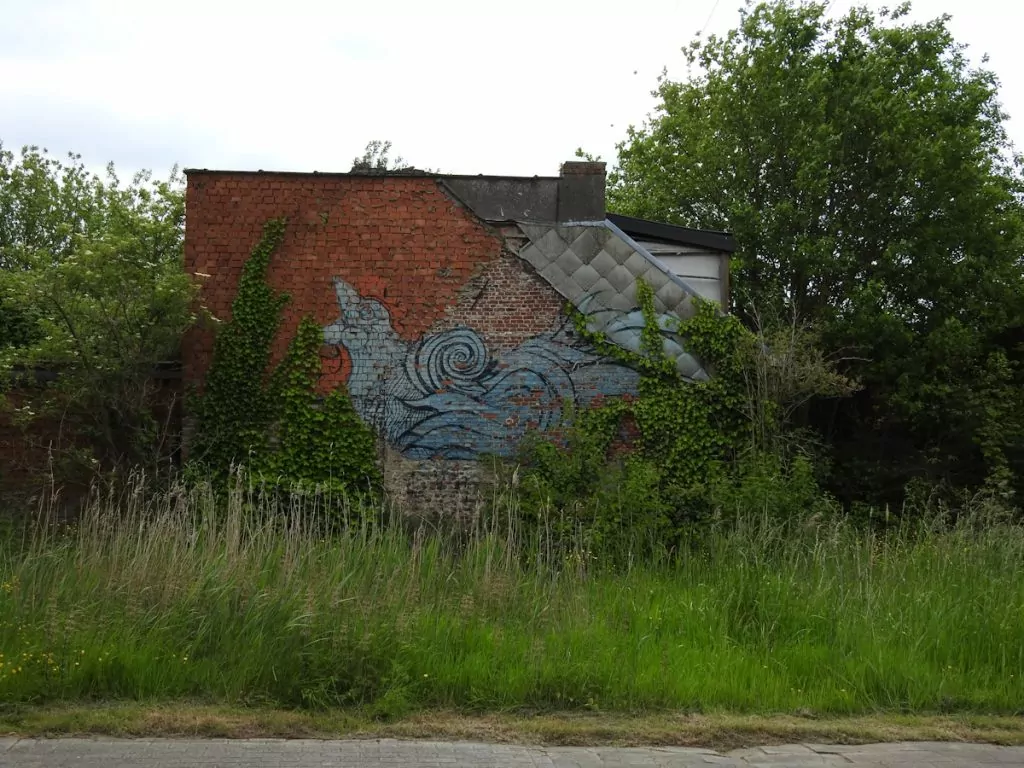
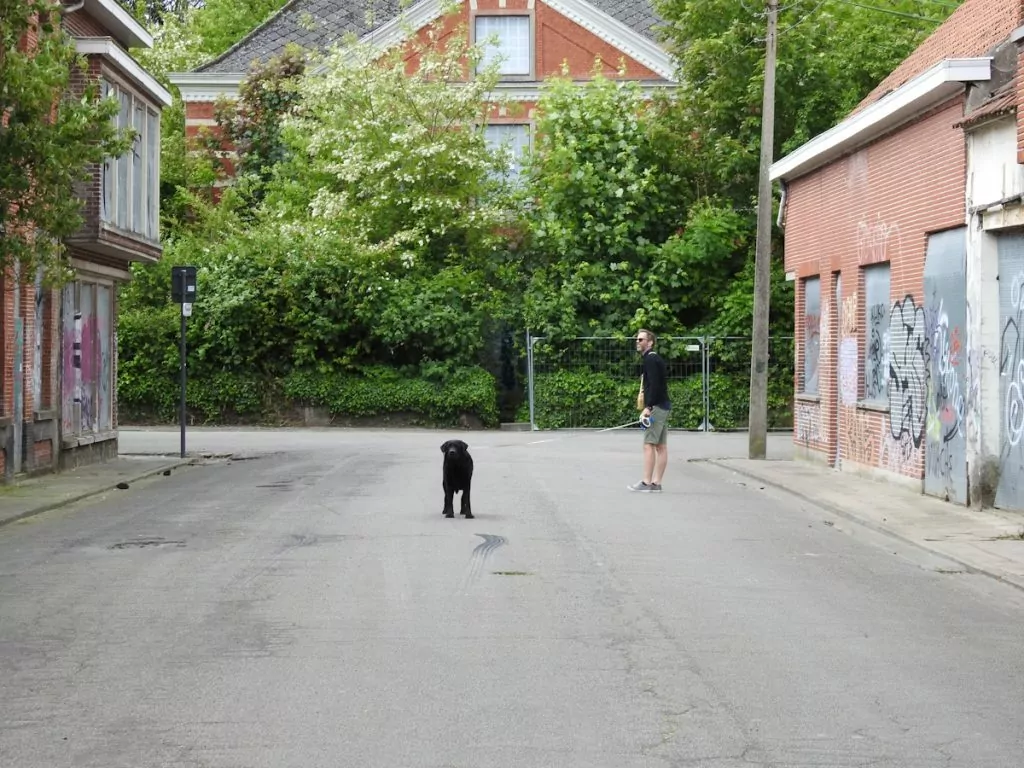
In 1998 it was decided that the port of Antwerp would be expanded, it is Europe's second largest port and large container ships come and go, being loaded and unloaded with extremely large cranes. The harbour has existed since the 16th century. Antwerp actually has two harbours on either side of the city.
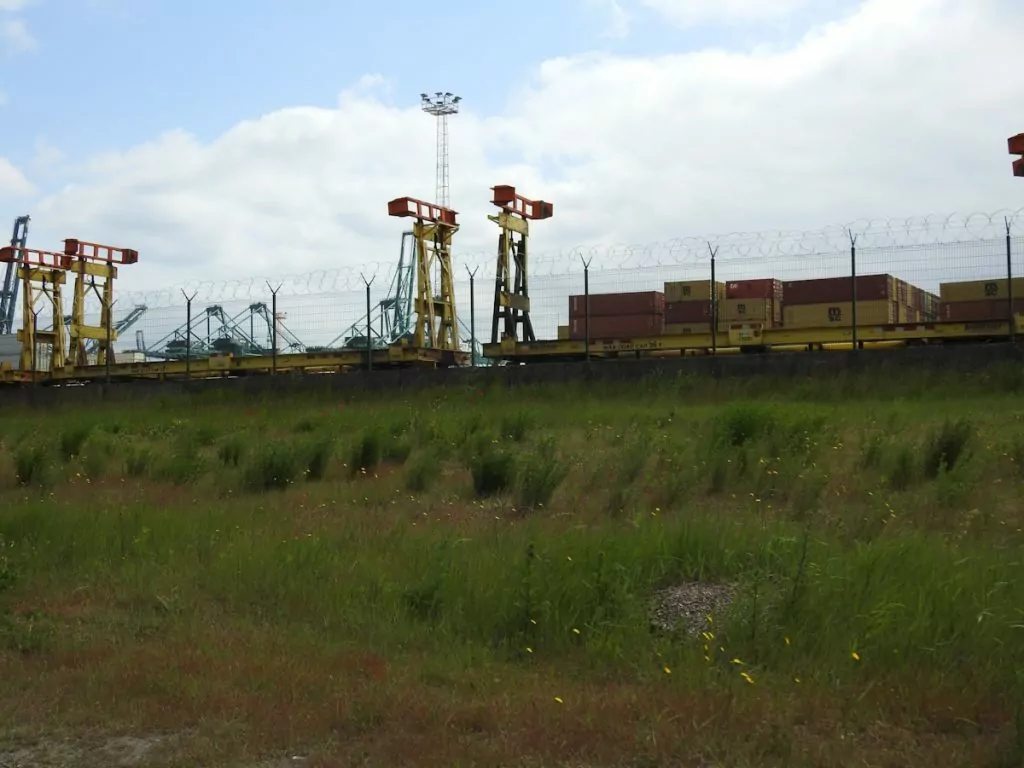
The logistics are a mystery to me ...
As early as the 1960s, discussions began about Doel, located near the river Scheldt, which is the link between the North Sea and the harbour.
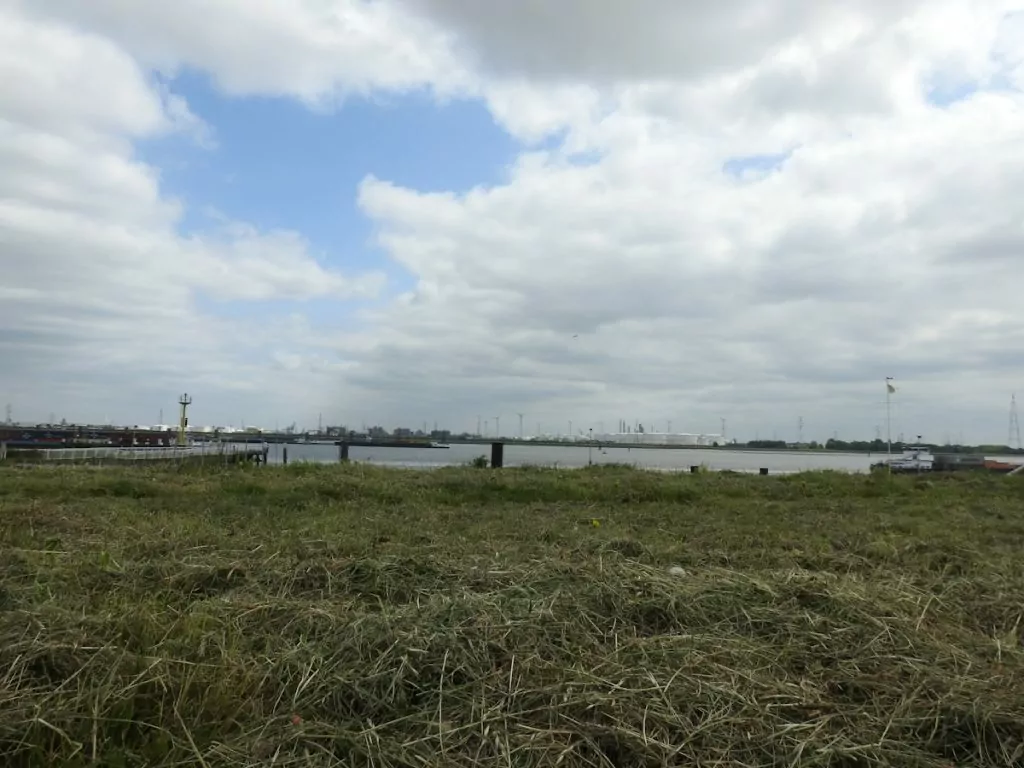
In 1998, the community was emptied and some residents sold their homes at favourable prices, others have retained ownership, with only a handful of residents hanging on.
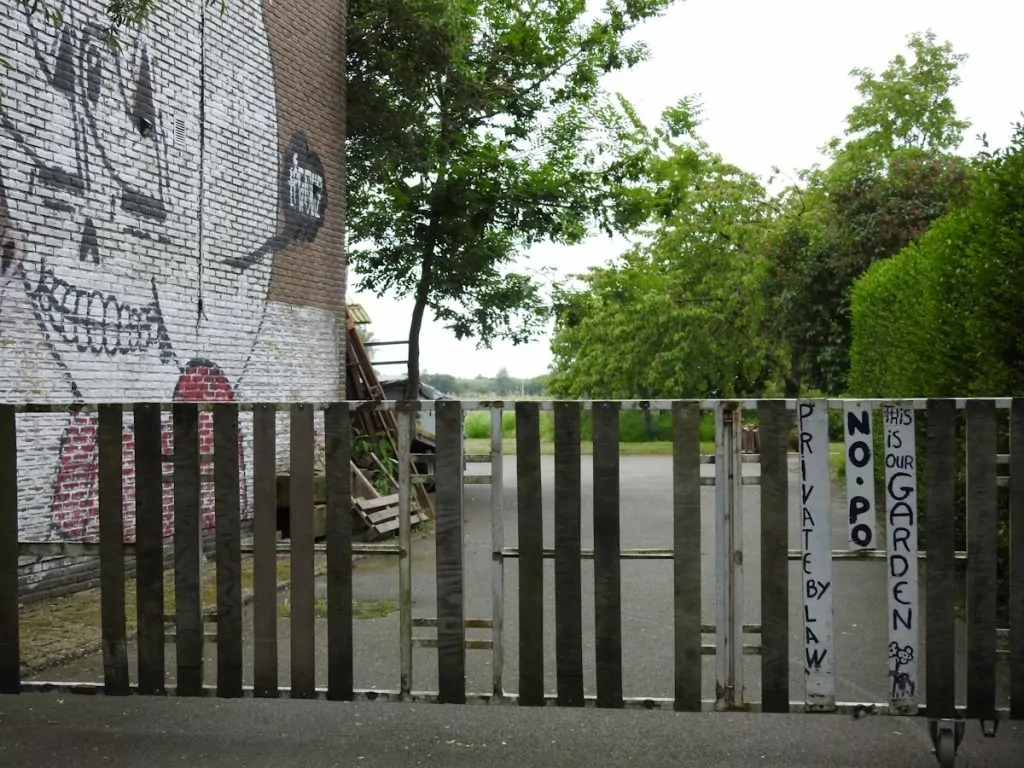
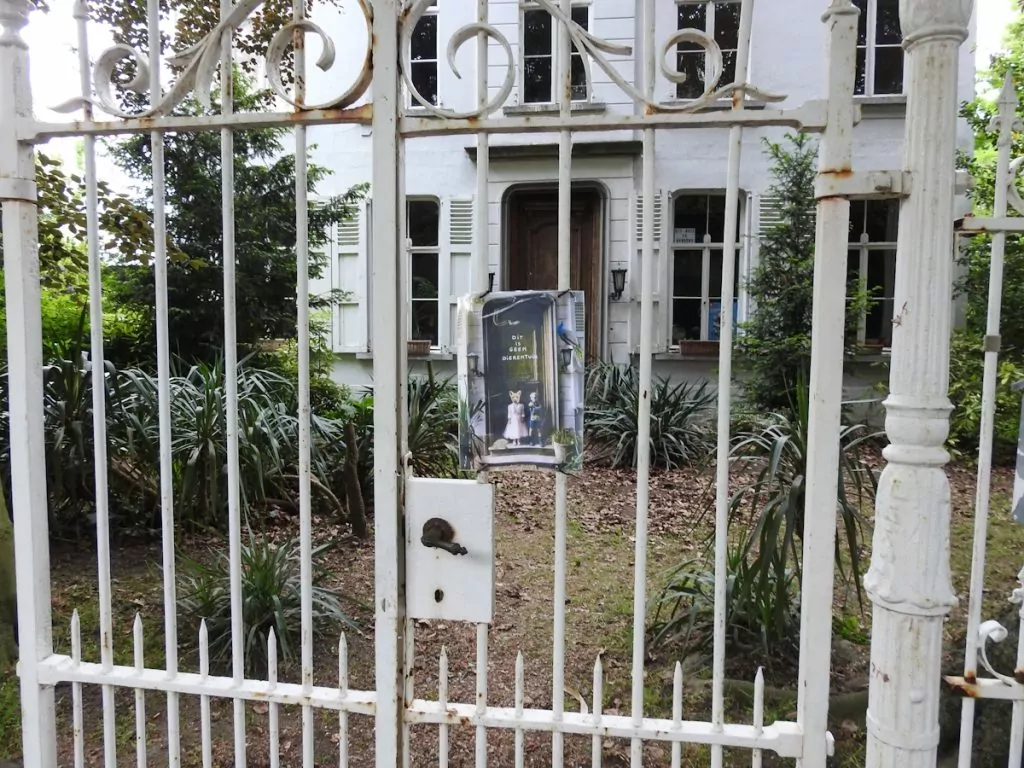
The village became a haven for squatters and vandalism, leading to metal discs being placed over windows and doors. To prevent illegal housing, identity checks have also been introduced, with evening and morning scans of ID cards at a barrier.
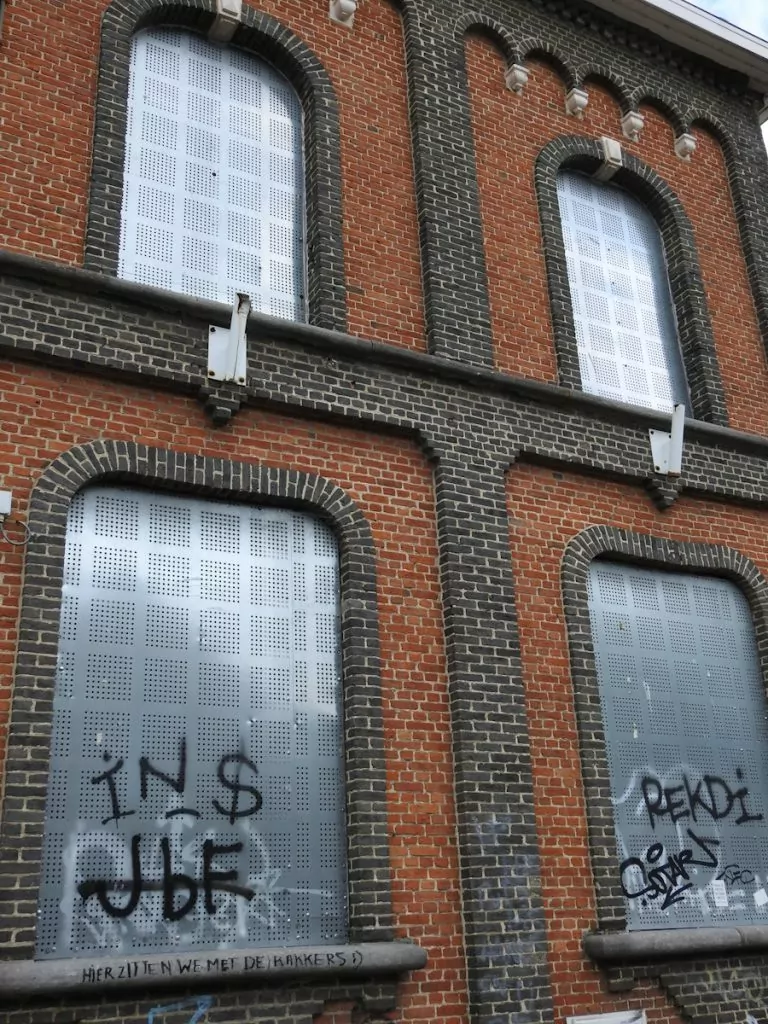
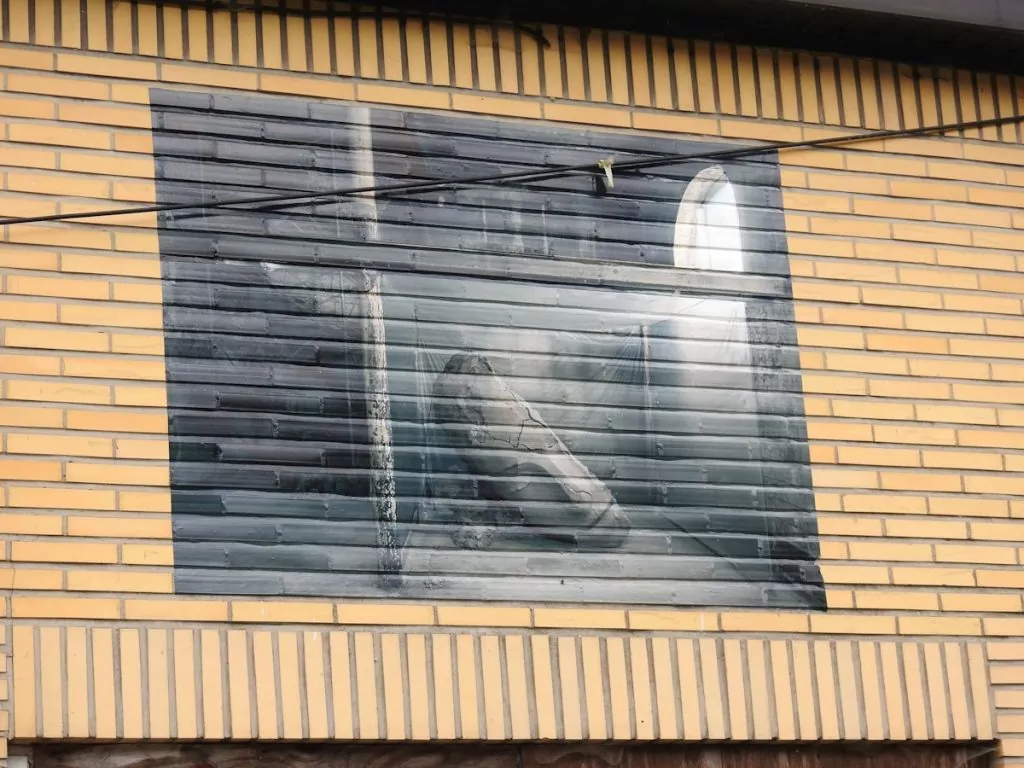
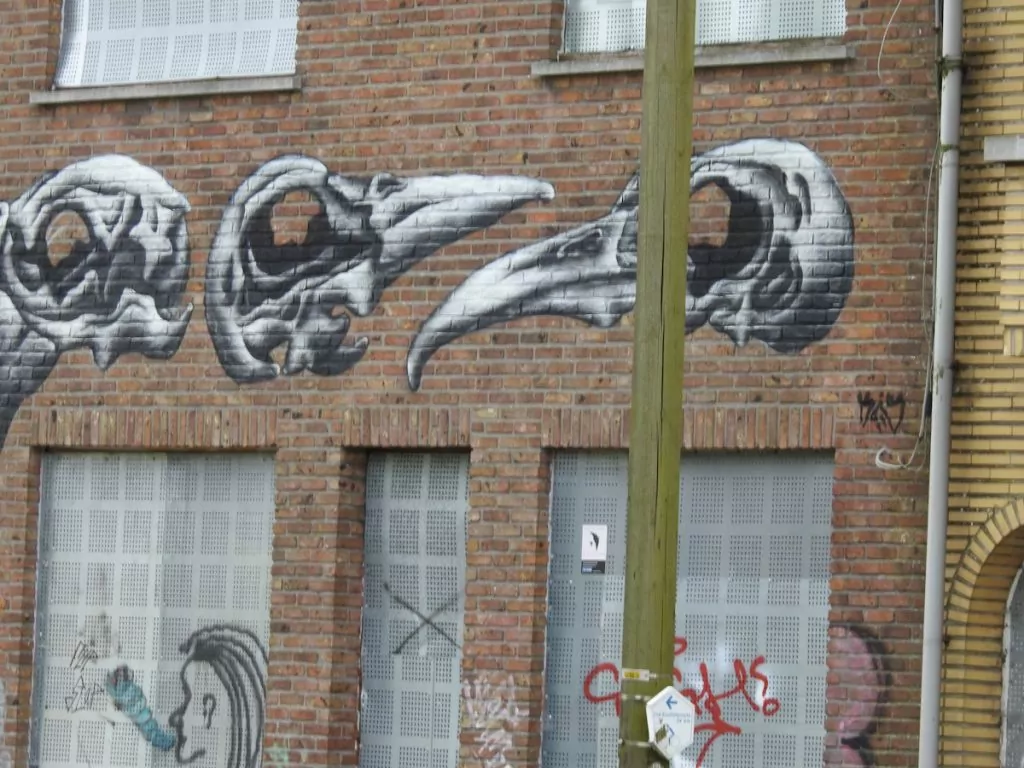
The church is from the 1850s and is still in use, it has been renovated but due to the sinking ground it is somewhat slanted. The major issue during the evacuation for the construction of the new harbour dock was of course the graves.
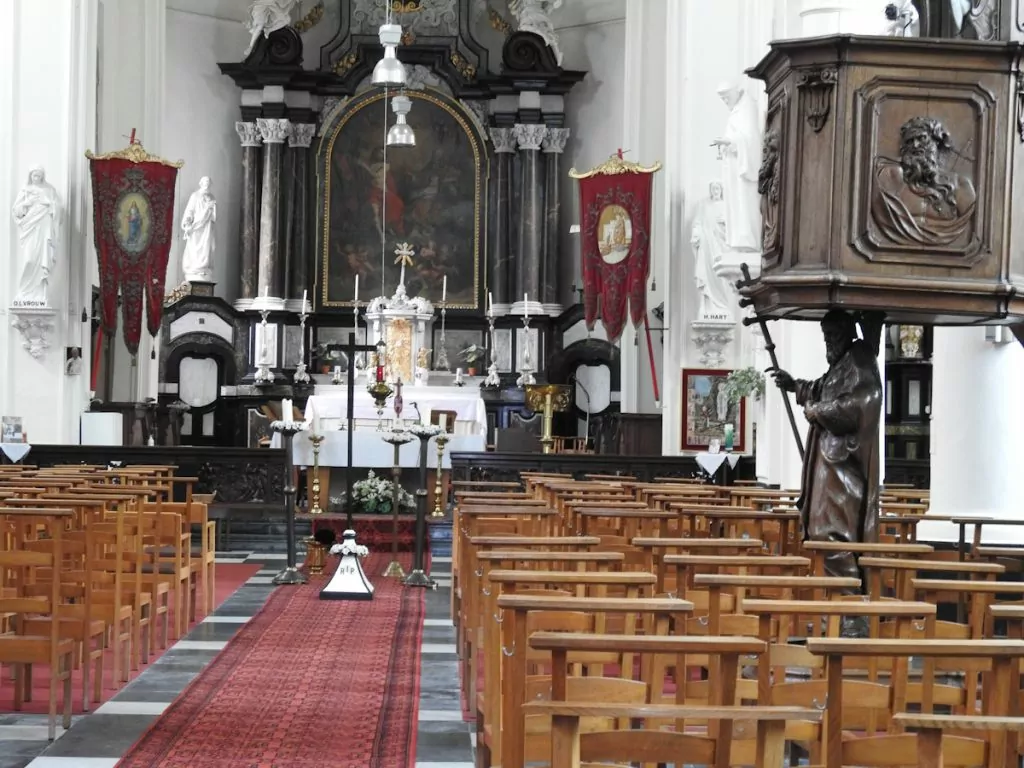
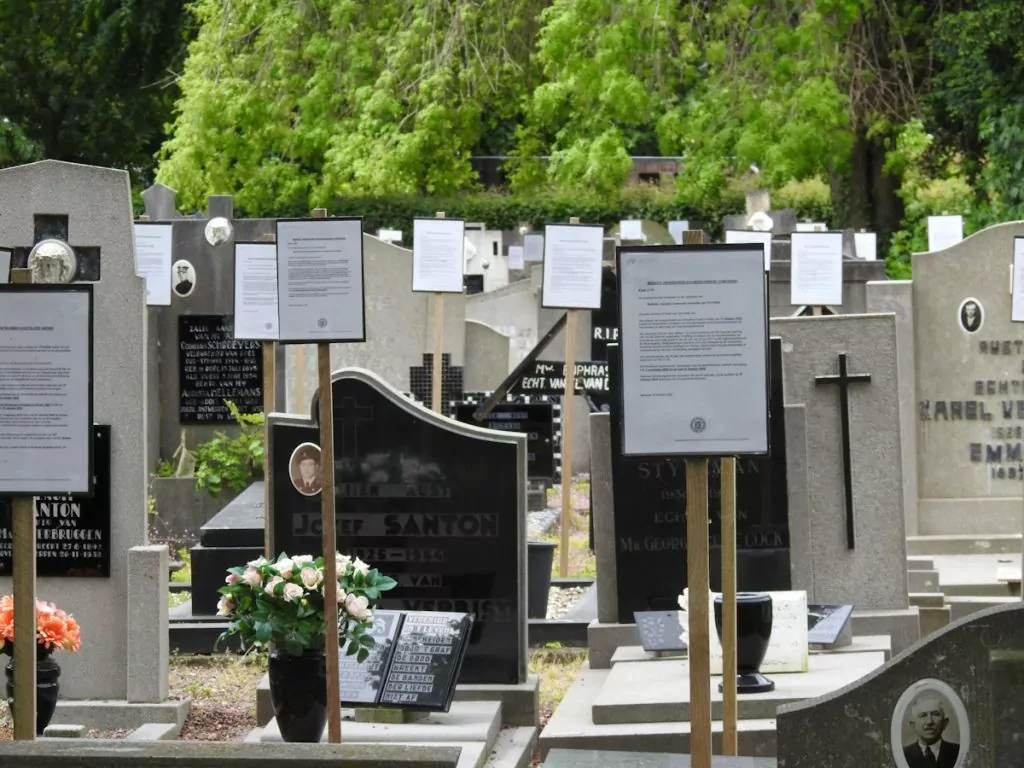
Doel also has one of the oldest windmills in Flanders, dating back to the 18th century.
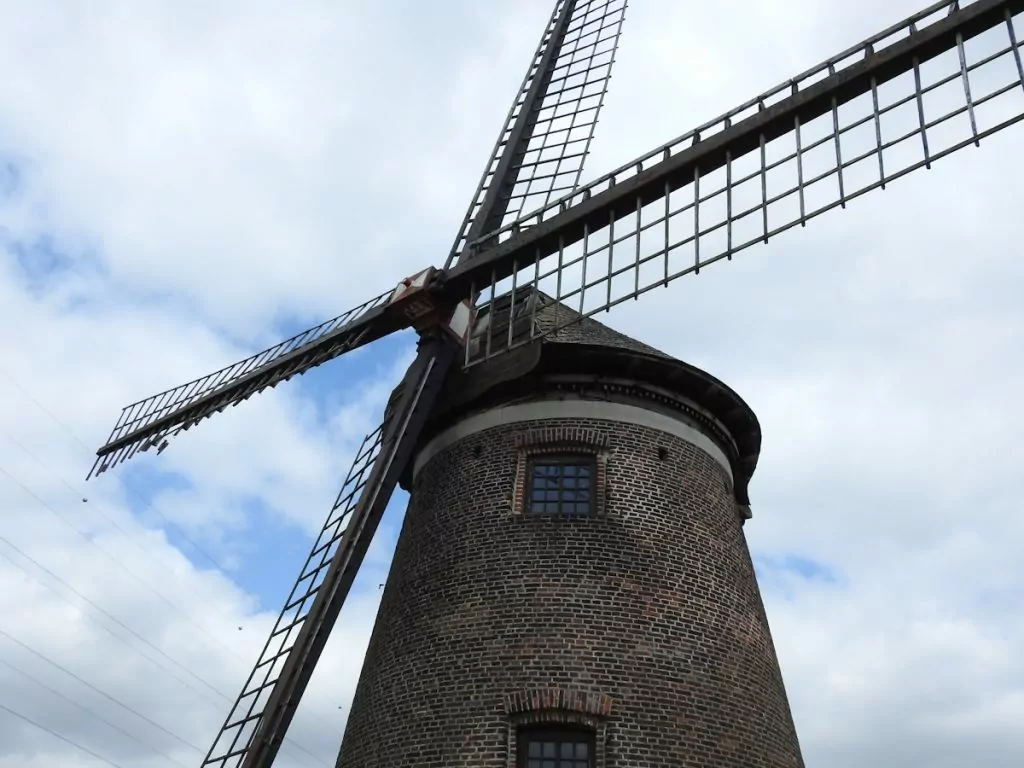
Since the 1960s, four nuclear power plants have loomed over the community.
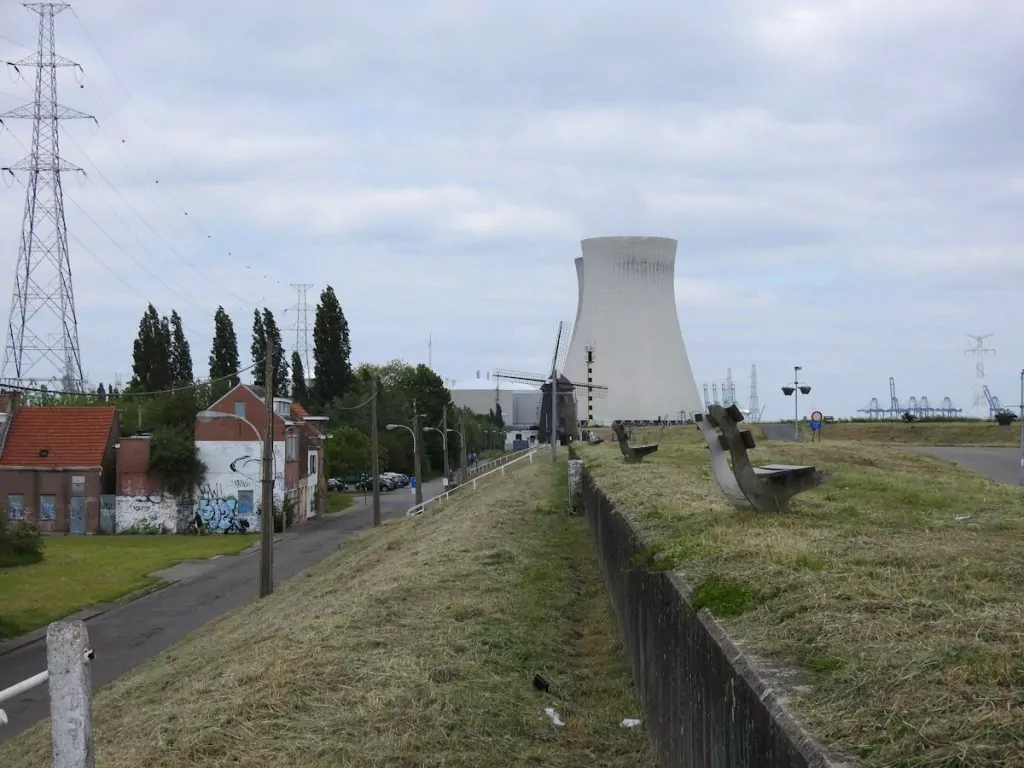
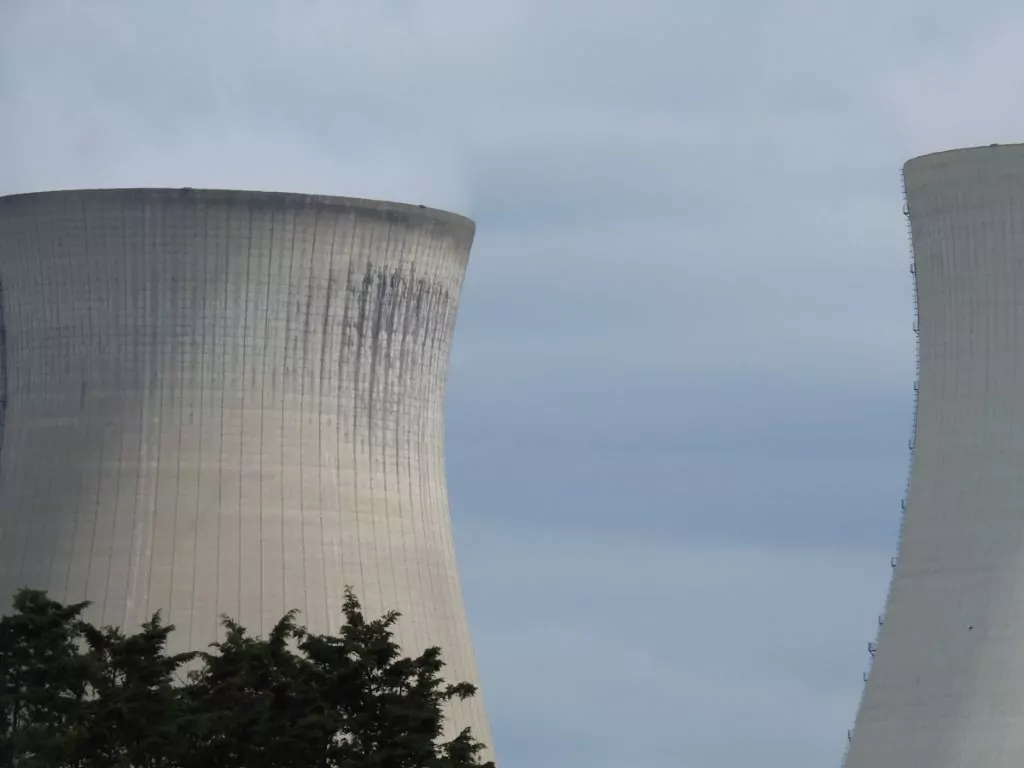
Today, Doel is a tourist attraction, many people visit the community for the strange feeling that it is abandoned, a ghost town. Others come to look at the graffiti. Every year a festival is held here. Many films have been shot here.
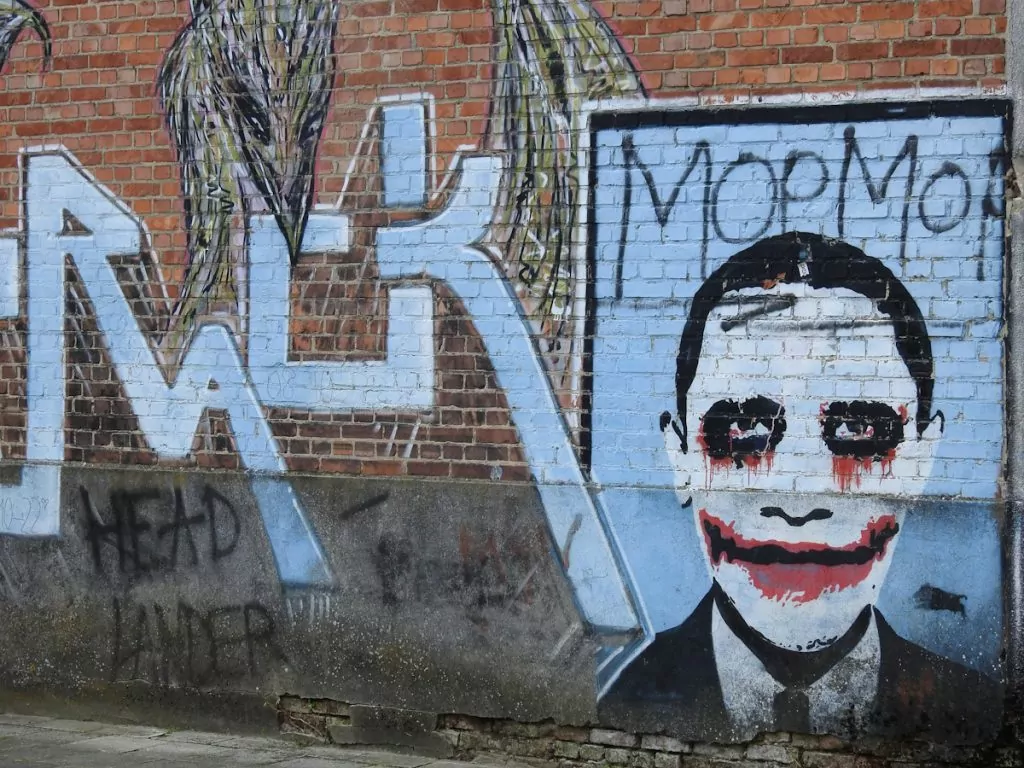
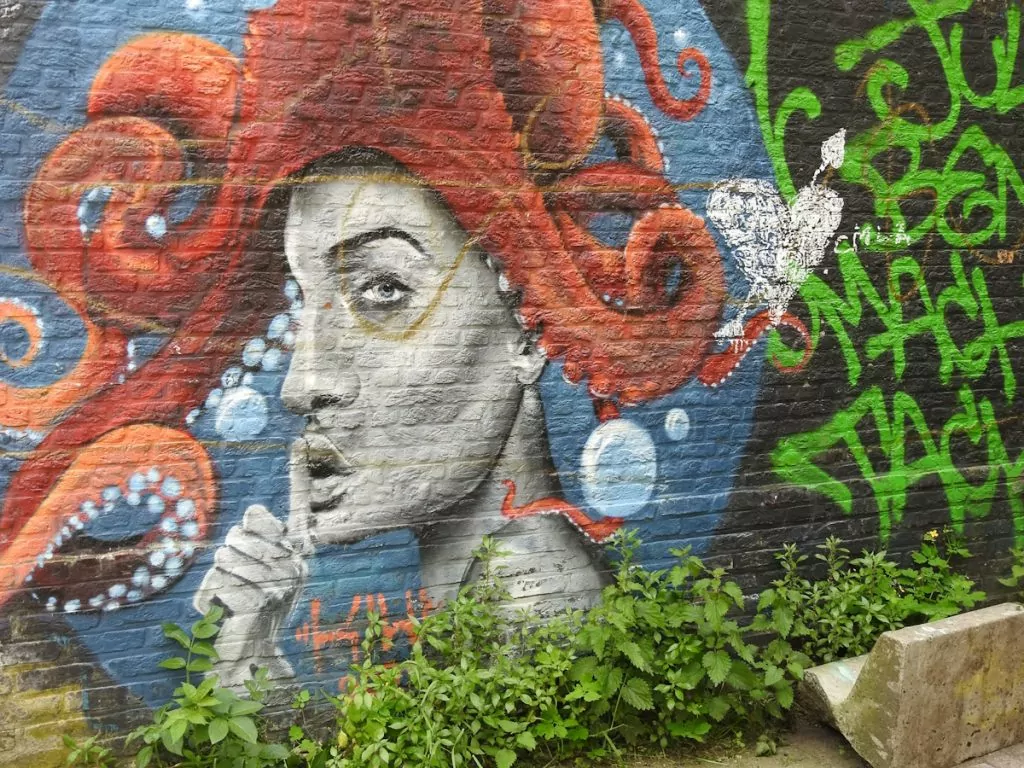
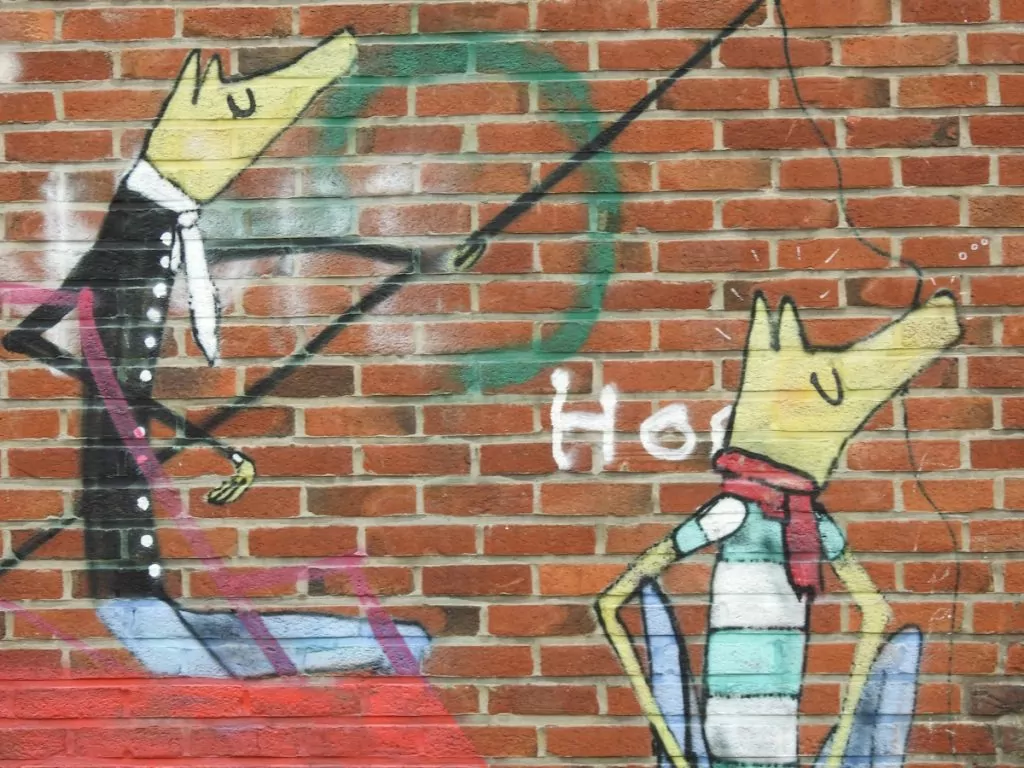
The future of Doel is still not clear, discussions are ongoing, but as things stand there will be no new harbour dock there. Those who still have ownership rights can now move back, but the houses are basically uninhabitable after 25 years.
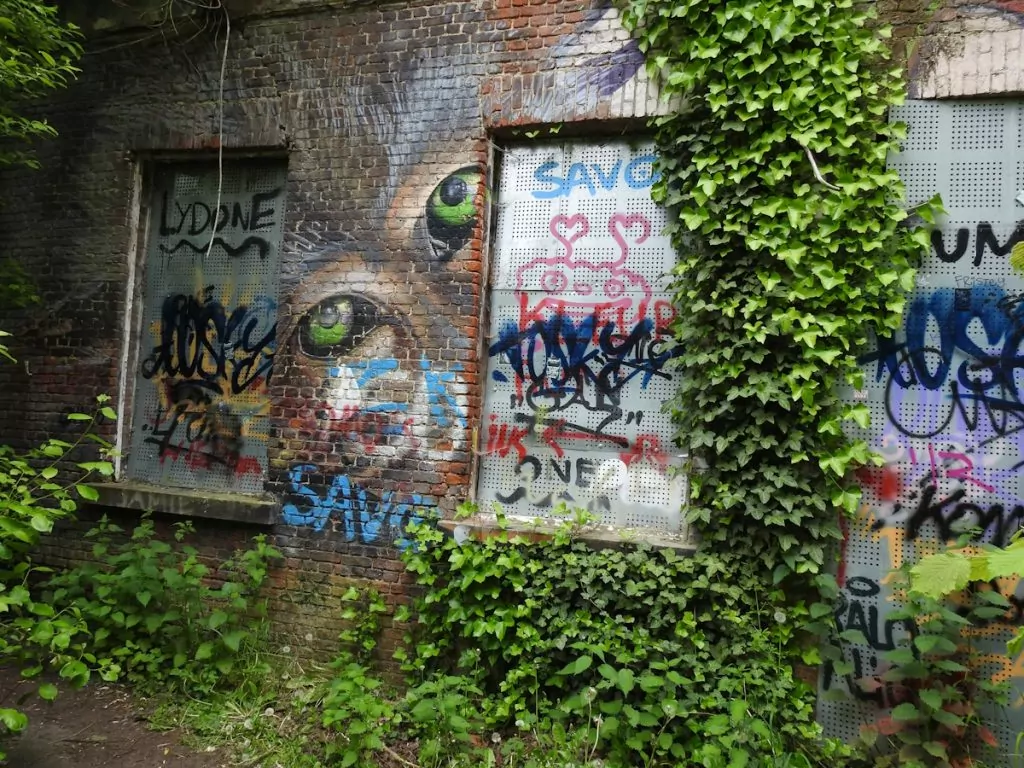
Mother Nature has started to take over.
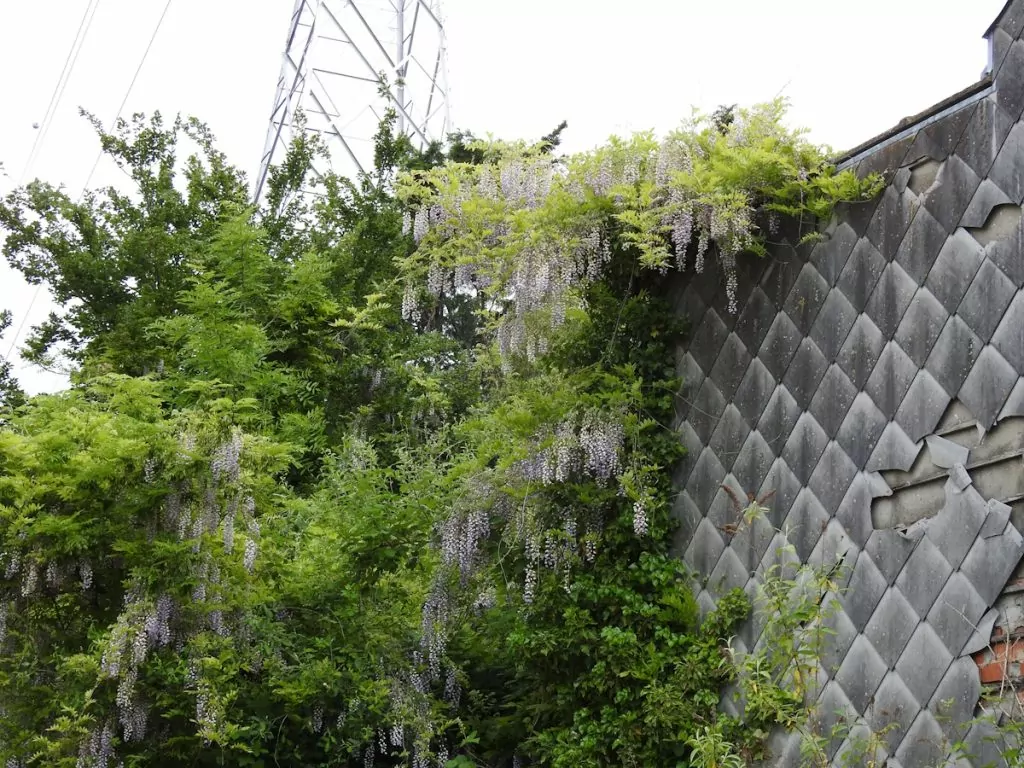
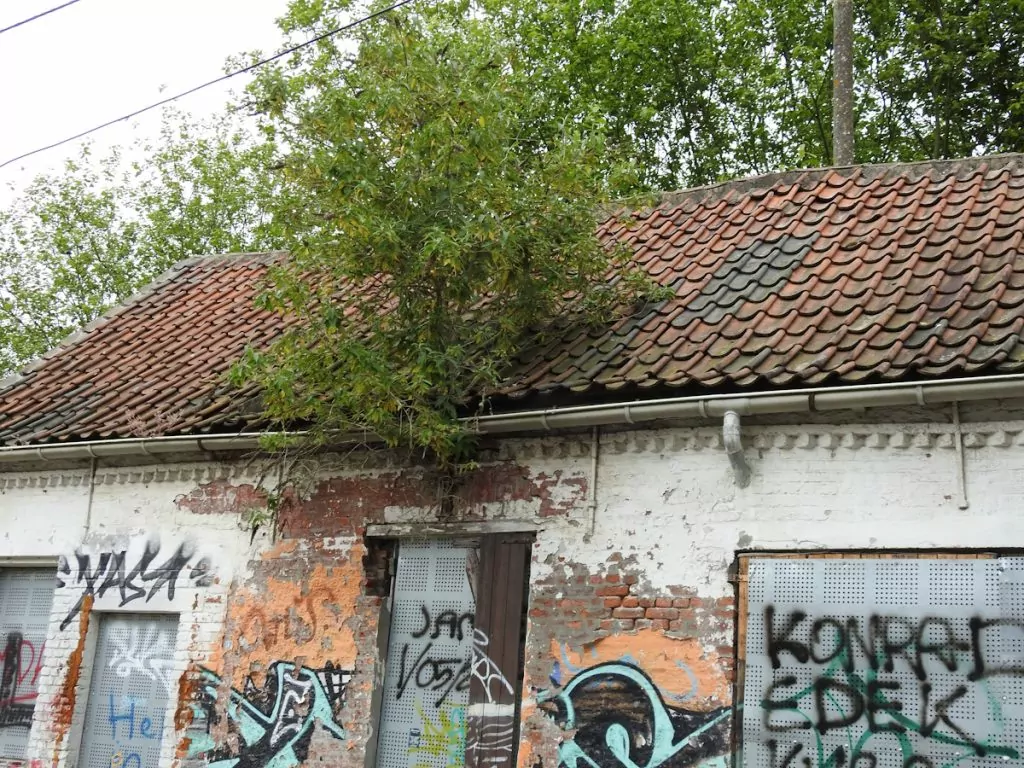
I am eagerly awaiting Doel's future.
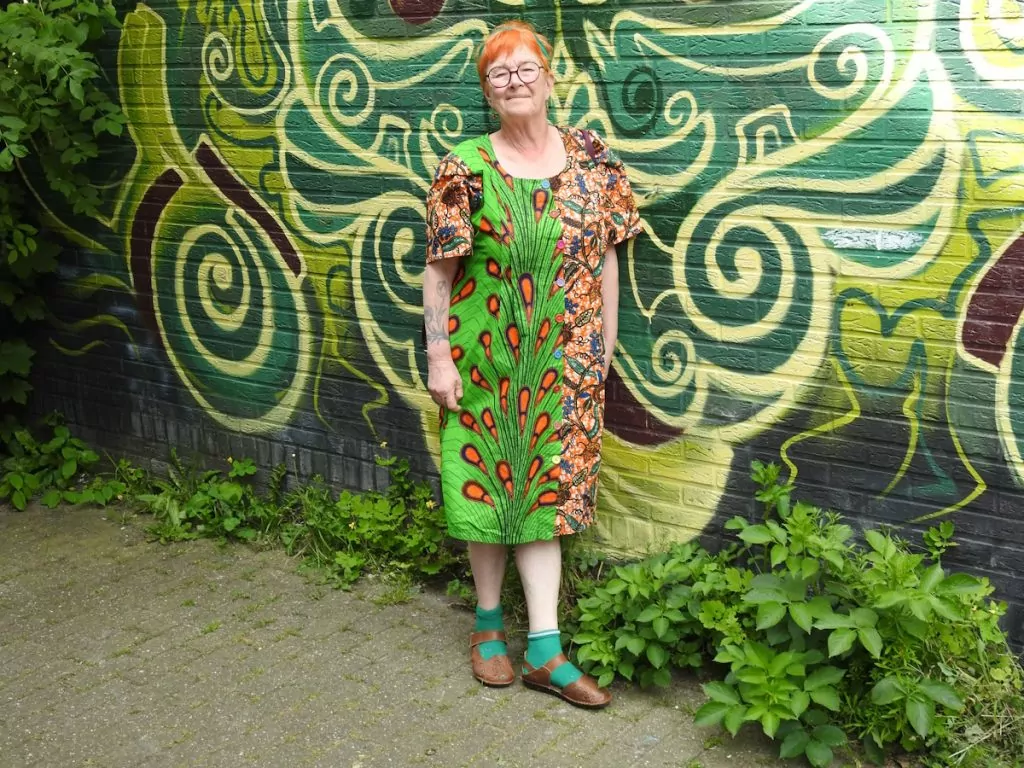
Practicalities of visiting Doel in Belgium
- Getting here: The easiest way to get here is by car; trains and buses are possible but inconvenient.
- Food service: Coffee and food only on certain days.


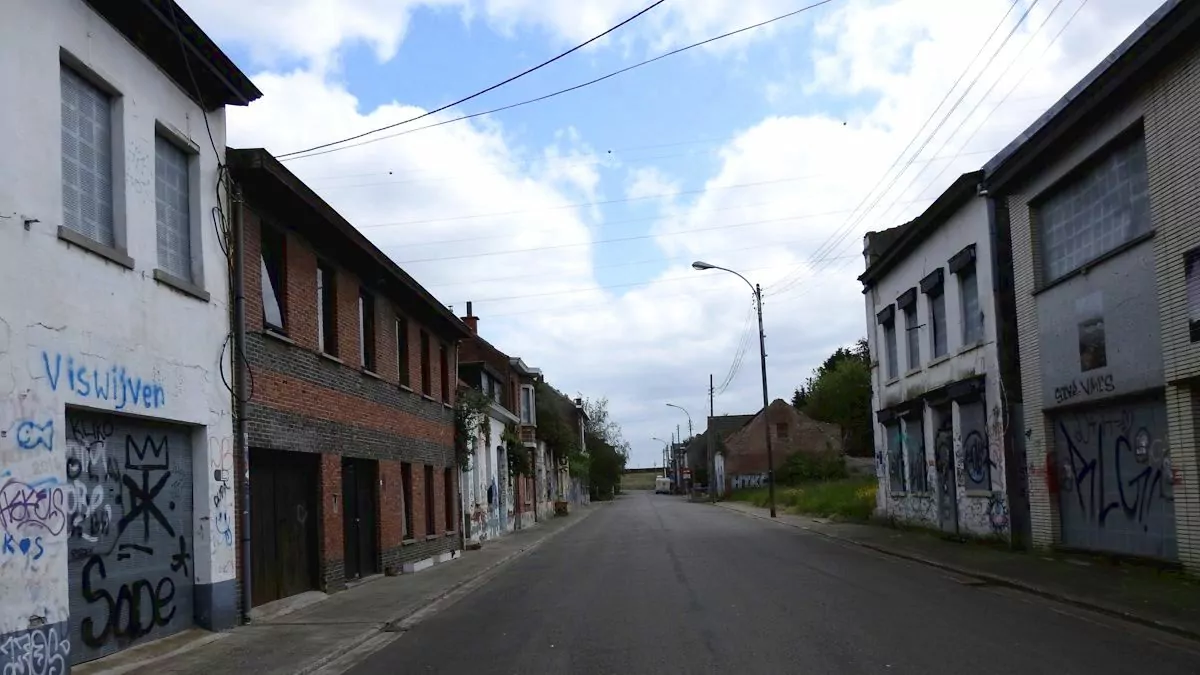






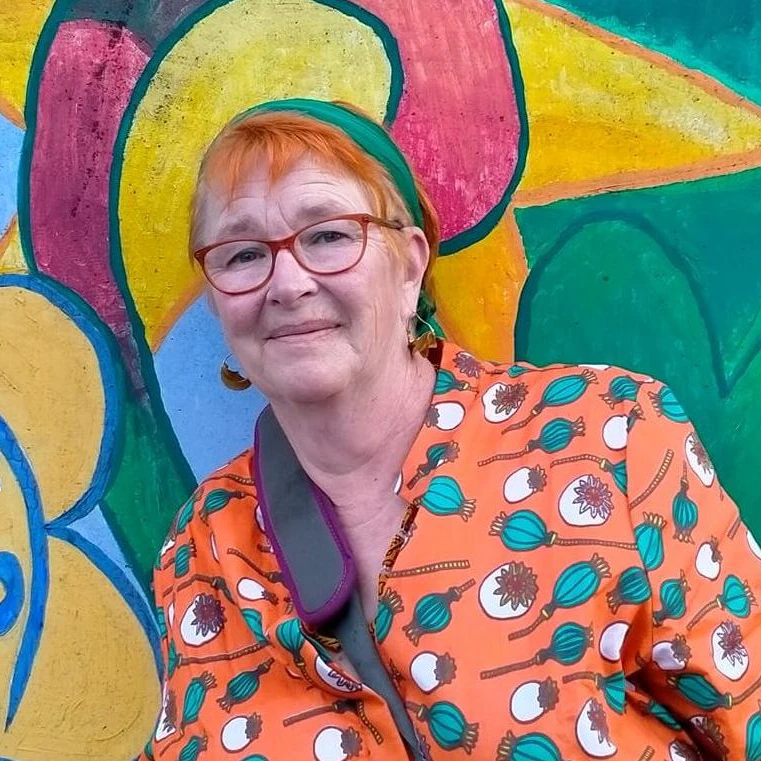
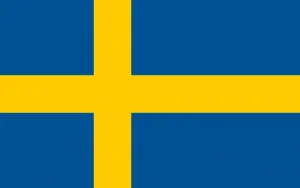

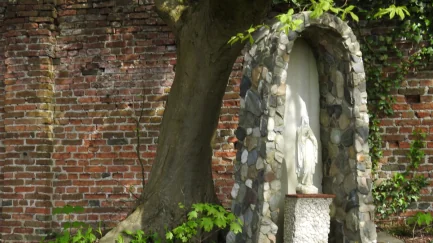
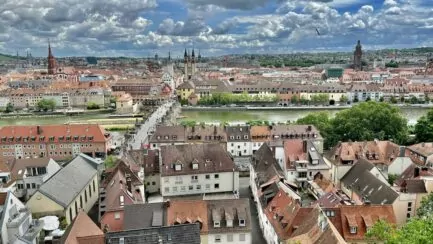
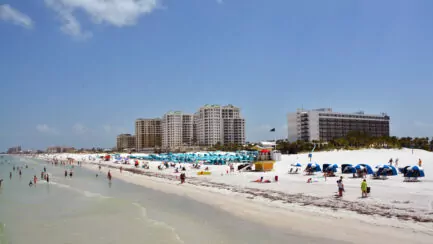
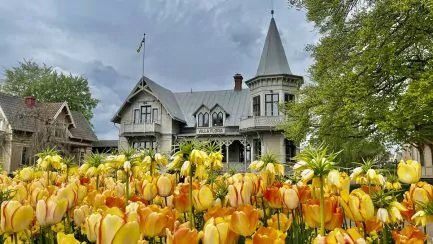
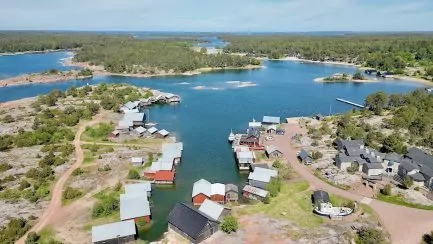



BP says:
Typical Belgium. They find it incredibly difficult to unite because of the differences between Wallonia and Flanders. I love the graffiti, but having a ghost town so close to Antwerp must feel like a disgrace.
The only ghost town I have visited is Famagusta in Northern Cyprus. But that town has nothing in common with Doel.
07 June 2023 - 19:37
Anna Nilsson Spets says:
Yes, it's typical, everything is discussed endlessly and nothing comes of it. But Doel has nothing to do with the provincial problems.
08 June 2023 - 6:41
Only British says:
Yes, it is so Belgian in so many ways. Nothing happens but still plans are made...but no...I almost get homesick.
08 June 2023 - 2:17
Anna Nilsson Spets says:
Sure, you know how it works here... Everything takes forever because of bureaucratic hassle that is actually completely unnecessary and on the level of the dinosaur era.
08 June 2023 - 6:44
Elisabeth says:
An exciting post!
08 June 2023 - 4:32
Anna Nilsson Spets says:
Thank you for reading !
08 June 2023 - 6:44
Lena - good for the soul says:
But how can you even want to live there?! It must be so difficult to live there. I guess there are no shops, no transport and no health care.
Interesting post!
Hug Lena
14 June 2023 - 5:50